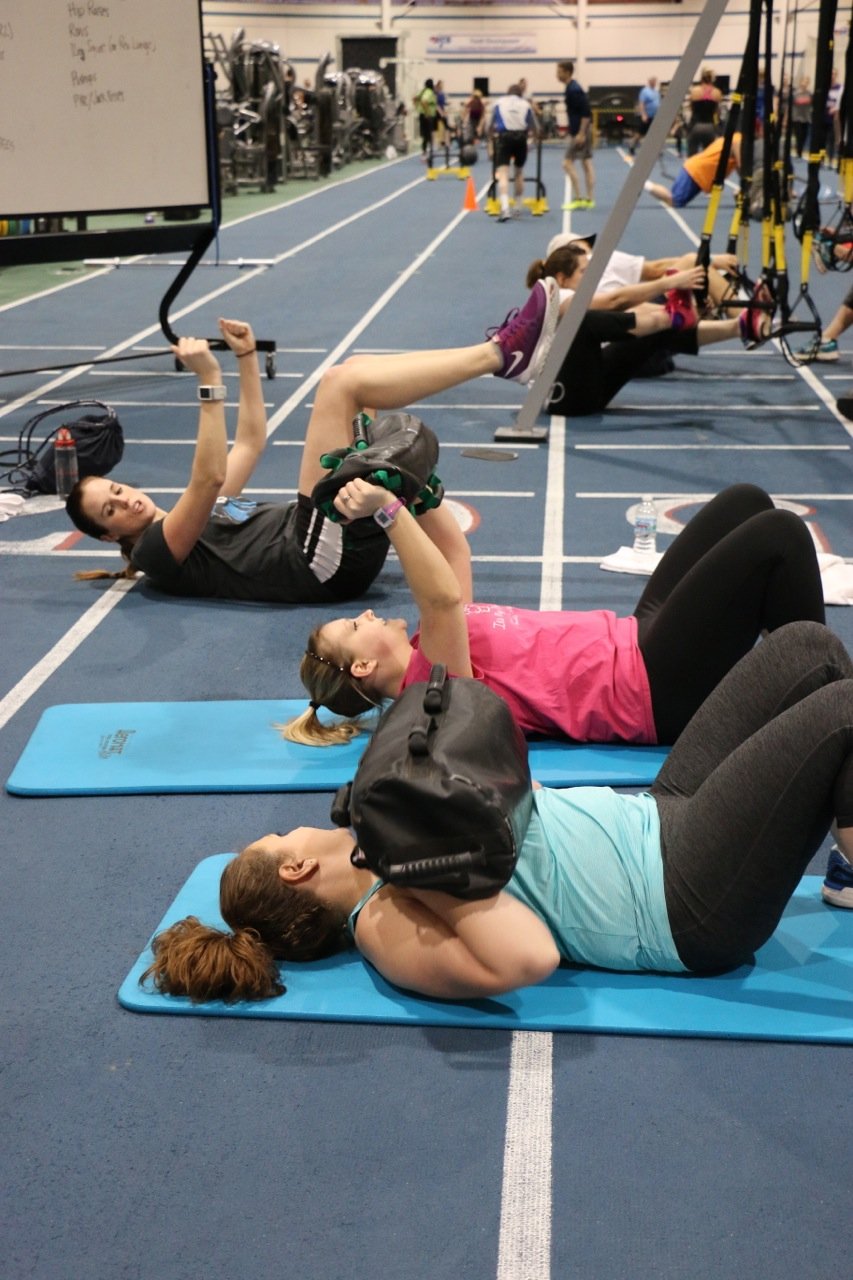 To begin, let us visualize a scenario: the sound of weights moving; bodies exercising yet moving in unconventional patterns; and grunts and groans from fitness enthusiasts, gurus, and wannabes alike. The setting is unlike any you have experienced, because there are hundreds of people, exactly like you, motivated to not only learn about fitness and new exercises, but also driven to get better (both physically and mentally) from a personal standpoint.
To begin, let us visualize a scenario: the sound of weights moving; bodies exercising yet moving in unconventional patterns; and grunts and groans from fitness enthusiasts, gurus, and wannabes alike. The setting is unlike any you have experienced, because there are hundreds of people, exactly like you, motivated to not only learn about fitness and new exercises, but also driven to get better (both physically and mentally) from a personal standpoint.
If you guessed that you were at a Fitness Summit, you are correct. Every year thousands of trainers descend into various summits around the world, all looking for professional development, motivation, and enlightenment.
Where Your Trainer Finds Inspiration and Education
Fast-forward a few weeks or months. Your trainer asks you to do the impossible: a single-leg pistol squat on a BOSU ball with an overhead dumbbell press. “Whoa, did you just say what I think you said?” or “Do you trainers just sit around and dream up these crazy exercises as a way of torturing us?” you may think to yourself. The answer to that question is “Well, yes, we do.”
From a professional standpoint, learning about new exercises is very important in making sure you are getting the best, most up-to-date information available for not only safety, but also results. When you aren’t here at the gym working out with us, we like to “sit around” and discuss new exercises, variations of exercises, new equipment, what works and what doesn’t work, and programming. Then once or twice per year, we drive to another city to meet with hundreds and thousands of other trainers who all bring their individual ideas. We actually learn a lot every time we go to a summit. We bring it back to NIFS and share it with you and our coworkers.
Other Sources of Workout Ideas
Other than summits, we read fitness journals and blogs, watch web videos, and meet daily to discuss what we have found. Watching other trainers train and other members try their own exercises from a distance gives us inspiration to try something new, or at least register it into our fitness library. But be warned: just because Suzy can do one-armed handstand pushups doesn’t necessarily mean it’s a good idea for you to do it as well. If you see something and want to try it, ask a NIFS staff member whether it is right for you. There’s a good chance it is good for you, but if not, there are possibly several alternatives.
For an updated fitness plan or to try something new altogether, see a NIFS HFS or personal trainer to discuss your needs. We will provide the direction and motivation, and you provide the SWEAT!
As always, muscleheads evolve and rejoice.
This blog was written by Thomas Livengood. To find out more about the NIFS bloggers, click here.


 My fitness bucket list was created using
My fitness bucket list was created using 
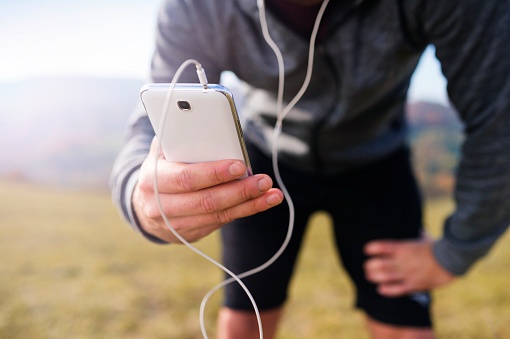 Salutations, NIFS friends. Picture yourself running across the finish line or standing on the winner’s podium at a major marathon event, scoring a touchdown in the Super Bowl, or even finishing up your final set of EZ Bar preacher curls. (Wait, what was that?) Now that you are wondering what I am getting to here, I must say that all three of those events have something in common, and that is the accompaniment of music.
Salutations, NIFS friends. Picture yourself running across the finish line or standing on the winner’s podium at a major marathon event, scoring a touchdown in the Super Bowl, or even finishing up your final set of EZ Bar preacher curls. (Wait, what was that?) Now that you are wondering what I am getting to here, I must say that all three of those events have something in common, and that is the accompaniment of music. 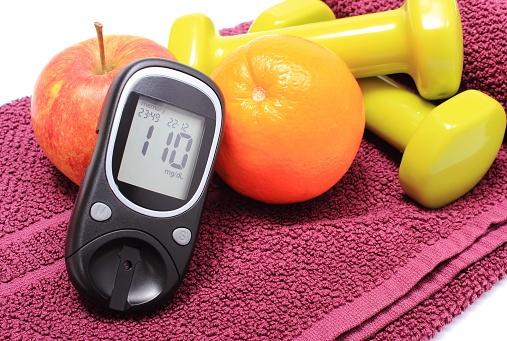

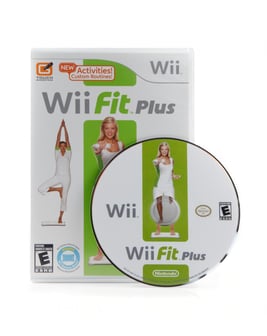 Several years ago the Nintendo Company introduced its newest entry into the video game market with the
Several years ago the Nintendo Company introduced its newest entry into the video game market with the 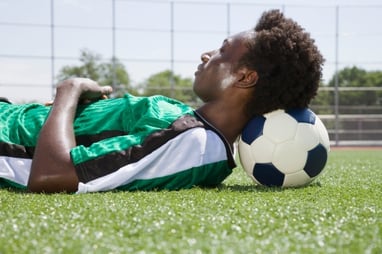 The question I have is, “Do athletes and individuals with higher fitness aspirations need more, less, or the same amount of sleep as everyone else?” Although not many studies have been conducted on the topic, the Gatorade Sports Science Institute published an article entitled
The question I have is, “Do athletes and individuals with higher fitness aspirations need more, less, or the same amount of sleep as everyone else?” Although not many studies have been conducted on the topic, the Gatorade Sports Science Institute published an article entitled 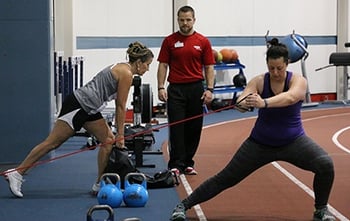
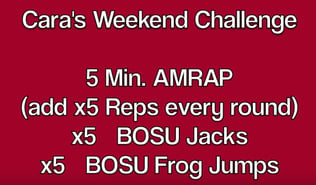
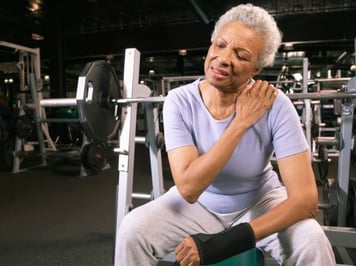
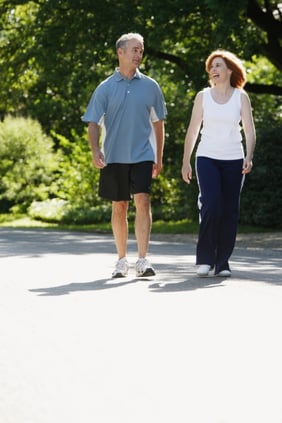 Cardio, short for cardiovascular exercise, has been around for a while—really, since the beginning of time, if you think about what cardio is and what it does for our bodies. In essence, we are doing cardio all the time, just at various intensities (if we weren’t, we would not be reading this!). The primitive man did cardio to stay alive, the
Cardio, short for cardiovascular exercise, has been around for a while—really, since the beginning of time, if you think about what cardio is and what it does for our bodies. In essence, we are doing cardio all the time, just at various intensities (if we weren’t, we would not be reading this!). The primitive man did cardio to stay alive, the 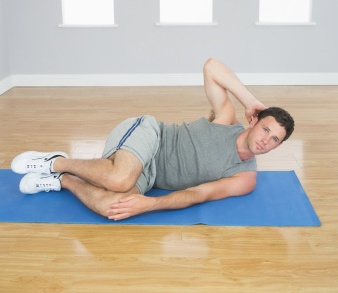 We use fitness for many reasons, sometimes for stress, weight loss, or performance. Relatively speaking, the role of the Fitness Specialist has not been around as long as most professions, but it has had some very drastic and conflicting concepts and theory clashes, contradictions and discrepancies. These concepts and theories are ever changing and evolving to meet the criteria and need of scientific research, human nature and what actually works. Of note, one such theory that needs to be put to bed is the idea that we can “spot reduce” by simply focusing on a specific body part.
We use fitness for many reasons, sometimes for stress, weight loss, or performance. Relatively speaking, the role of the Fitness Specialist has not been around as long as most professions, but it has had some very drastic and conflicting concepts and theory clashes, contradictions and discrepancies. These concepts and theories are ever changing and evolving to meet the criteria and need of scientific research, human nature and what actually works. Of note, one such theory that needs to be put to bed is the idea that we can “spot reduce” by simply focusing on a specific body part.